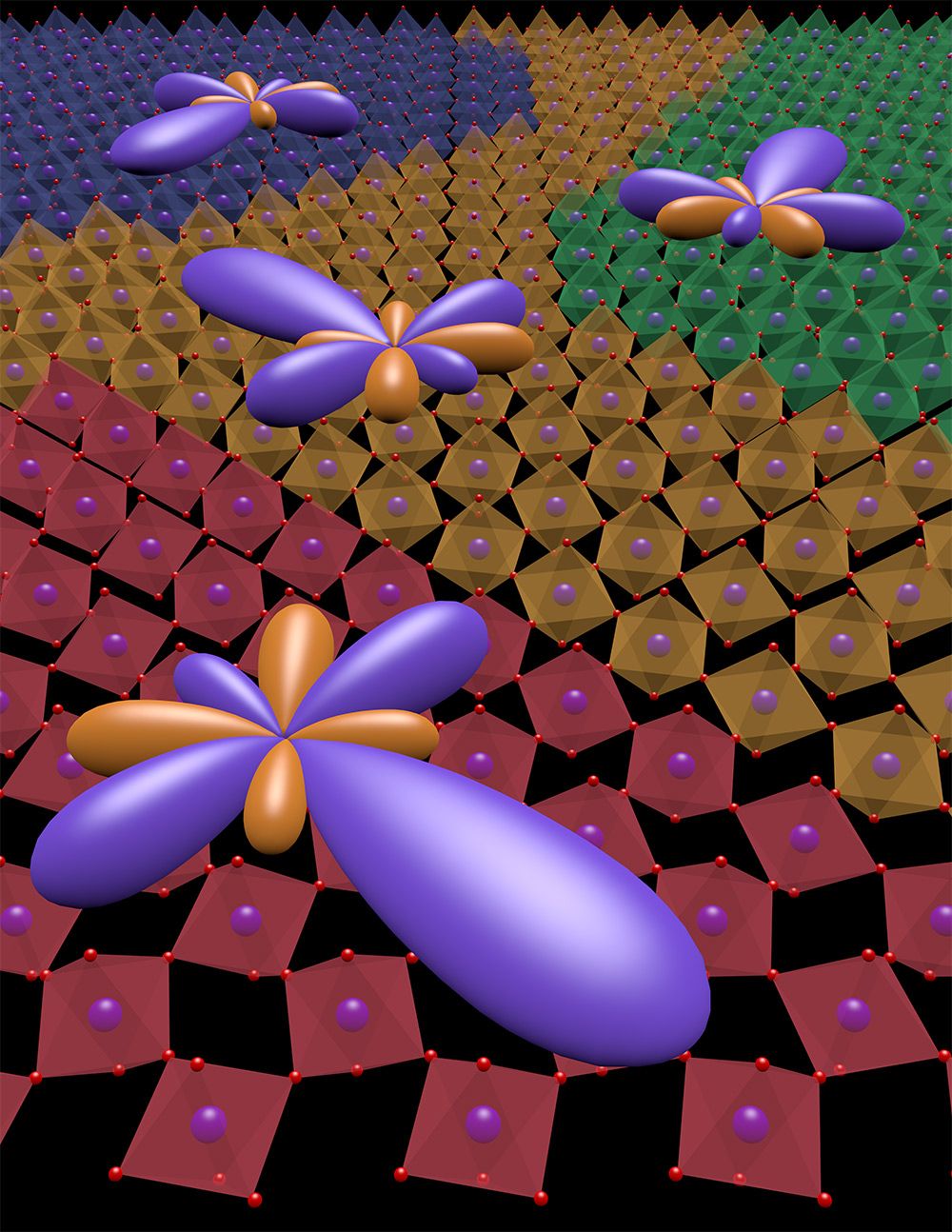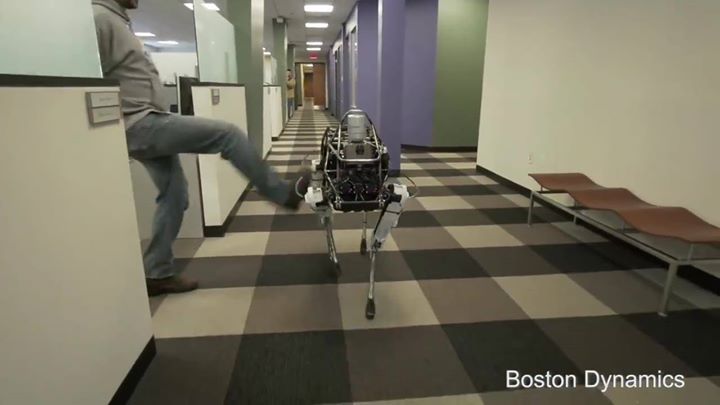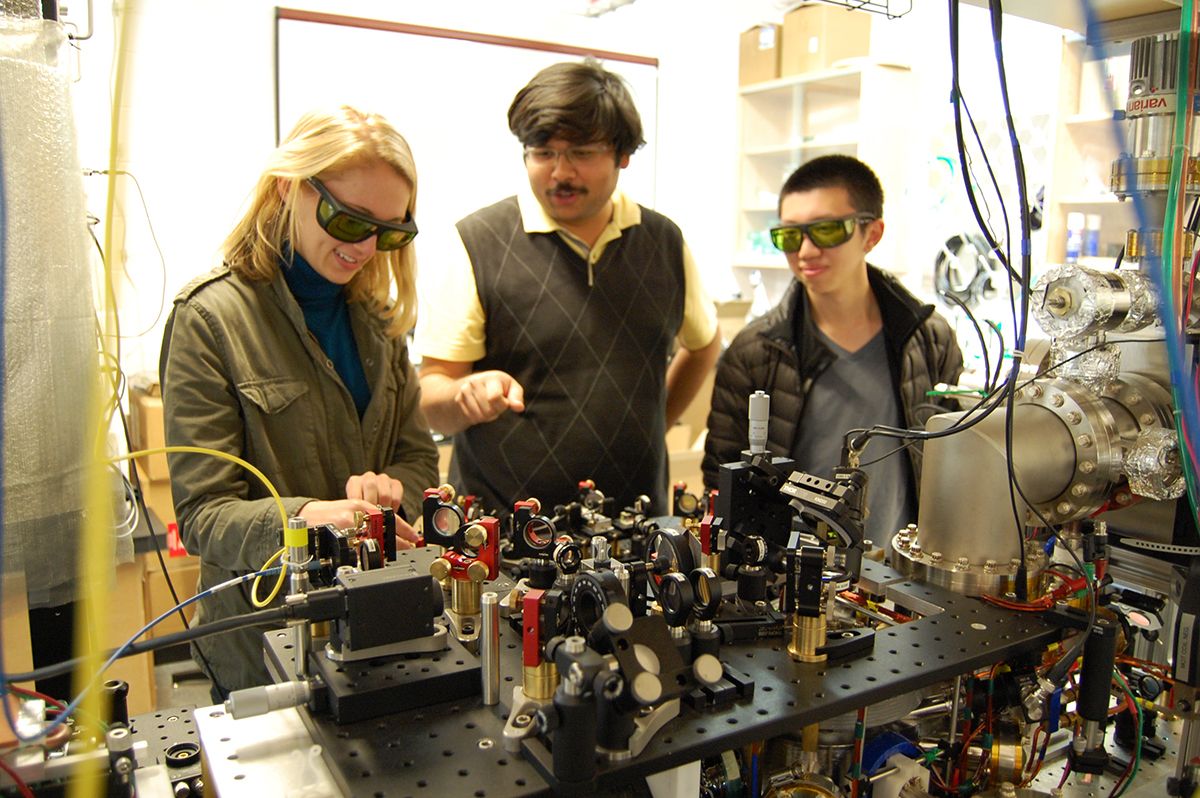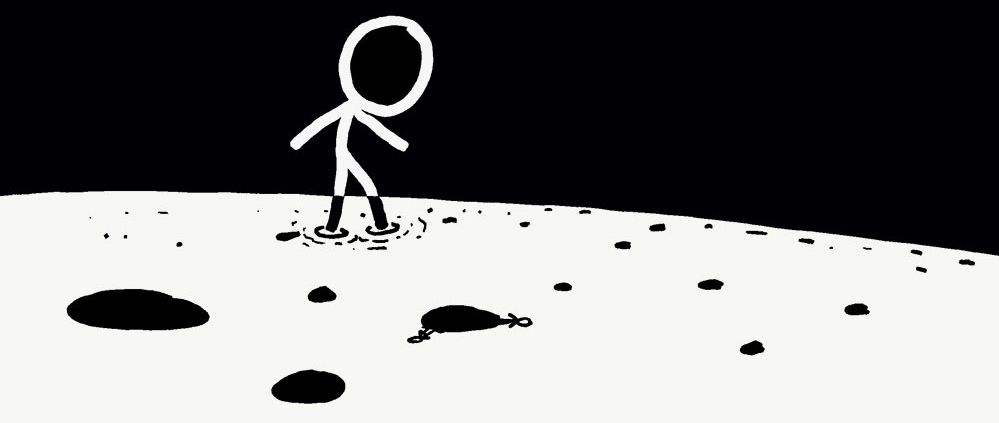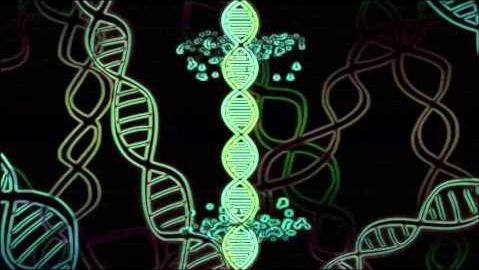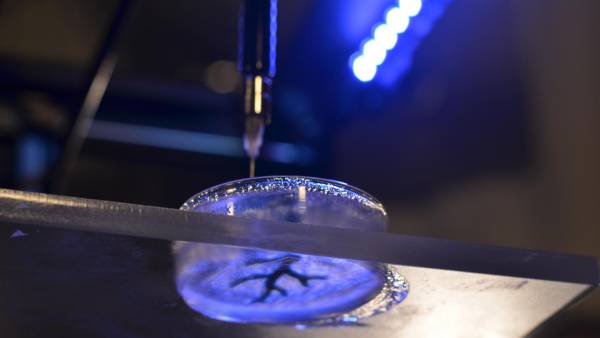Oct 26, 2015
Physicists uncover novel phase of matter
Posted by Andreas Matt in categories: materials, physics
A team of physicists led by Caltech’s David Hsieh has discovered an unusual form of matter—not a conventional metal, insulator, or magnet, for example, but something entirely different. This phase, characterized by an unusual ordering of electrons, offers possibilities for new electronic device functionalities and could hold the solution to a long-standing mystery in condensed matter physics having to do with high-temperature superconductivity—the ability for some materials to conduct electricity without resistance, even at “high” temperatures approaching −100 degrees Celsius.
“The discovery of this phase was completely unexpected and not based on any prior theoretical prediction,” says Hsieh, an assistant professor of physics, who previously was on a team that discovered another form of matter called a topological insulator. “The whole field of electronic materials is driven by the discovery of new phases, which provide the playgrounds in which to search for new macroscopic physical properties.”
Hsieh and his colleagues describe their findings in the November issue of Nature Physics, and the paper is now available online. Liuyan Zhao, a postdoctoral scholar in Hsieh’s group, is lead author on the paper.
